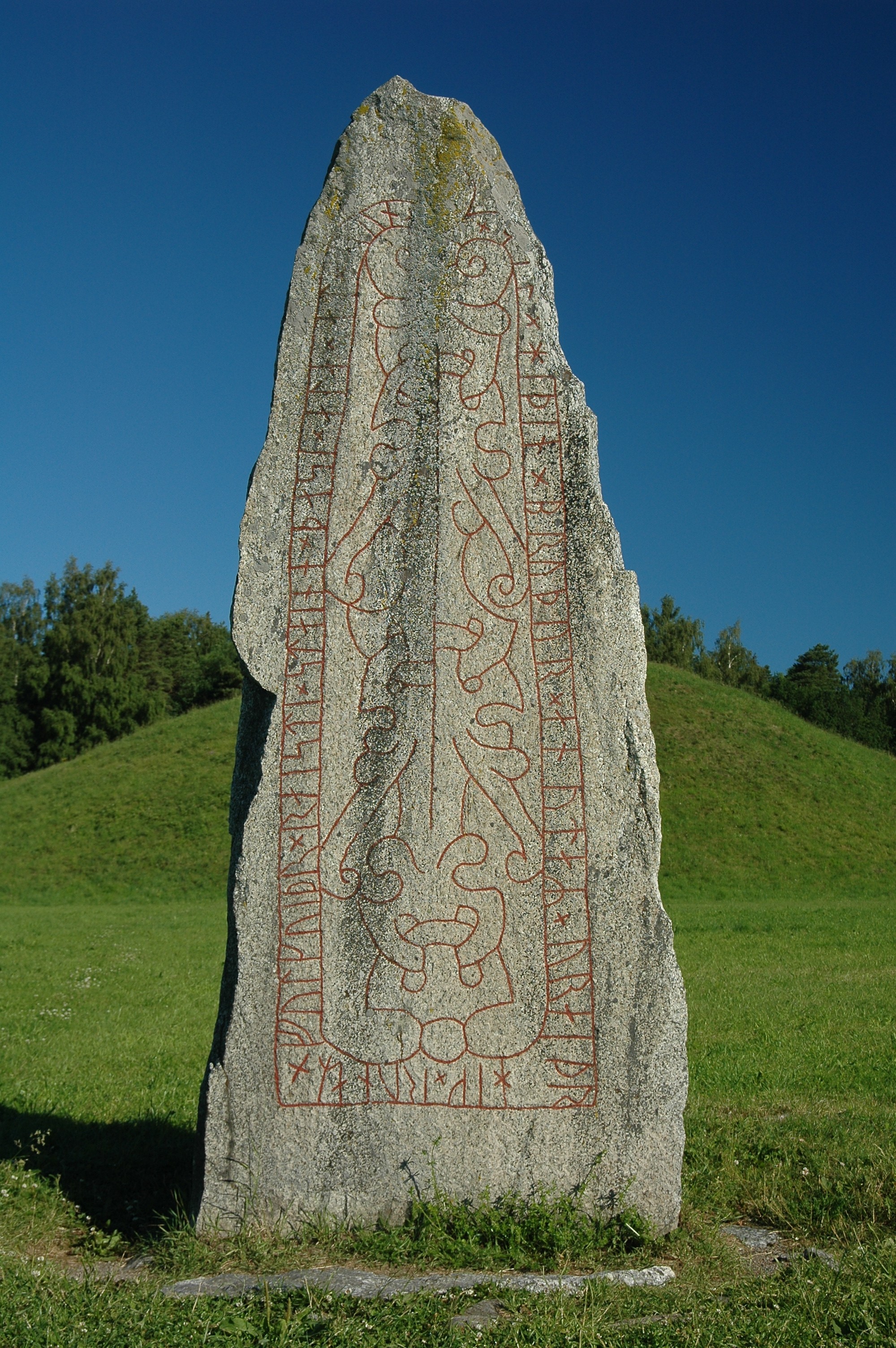Anund on:
[Wikipedia]
[Google]
[Amazon]
 Anund sv, Bröt-Anund meaning ''trail-blazer Anund'' or ''Anund the Land Clearer''; alternate names ''Brøt-Anundr'' (
Anund sv, Bröt-Anund meaning ''trail-blazer Anund'' or ''Anund the Land Clearer''; alternate names ''Brøt-Anundr'' (
 Anund sv, Bröt-Anund meaning ''trail-blazer Anund'' or ''Anund the Land Clearer''; alternate names ''Brøt-Anundr'' (
Anund sv, Bröt-Anund meaning ''trail-blazer Anund'' or ''Anund the Land Clearer''; alternate names ''Brøt-Anundr'' (Old East Norse
Old Norse, Old Nordic, or Old Scandinavian, is a stage of development of North Germanic dialects before their final divergence into separate Nordic languages. Old Norse was spoken by inhabitants of Scandinavia and their overseas settlement ...
) or ''Braut-Önundr'' (Old West Norse
Old Norse, Old Nordic, or Old Scandinavian, is a stage of development of North Germanic dialects before their final divergence into separate Nordic languages. Old Norse was spoken by inhabitants of Scandinavia and their overseas settlement ...
) was a semi-legendary Swedish king of the House of Yngling who reigned in the mid-seventh century. The name would have been Proto-Norse *''Anuwinduz'' meaning "winning ancestor".
History
In his '' Ynglinga saga'',Snorri Sturluson
Snorri Sturluson ( ; ; 1179 – 22 September 1241) was an Icelandic historian, poet, and politician. He was elected twice as lawspeaker of the Icelandic parliament, the Althing. He is commonly thought to have authored or compiled portions of the ...
relates that Anund succeeded his father King Yngvar who fell in battle with the Estonians. After his father's wars against Danish Vikings and Estonian Vikings, peace reigned over Sweden and there were good harvests. Anund was a popular king who became very rich, not only because of the peace and the good harvests but also because he avenged his father in Estonia. That country was ravaged far and wide and in the autumn Anund returned with great riches.
In those days Sweden was dominated by vast and uninhabited forests, so Anund started making roads and clearing land and vast districts were settled by Swedes. Consequently, he was named ''Bröt-Anund''. He made a farm for himself in every district and used to stay as a guest in many homes.
One autumn, King Anund was travelling between his hall
In architecture, a hall is a relatively large space enclosed by a roof and walls. In the Iron Age and early Middle Ages in northern Europe, a mead hall was where a lord and his retainers ate and also slept. Later in the Middle Ages, the gr ...
s (see Husbys) and came to a place called ''Himinheiðr'' (sky heath) between two mountains. He was surprised by a landslide which killed him.
After presenting this story of Anund, Snorri Sturluson quotes Þjóðólfr of Hvinir's '' Ynglingatal'':
The ''Historia Norwegiæ
''Historia Norwegiæ'' is a short history of Norway written in Latin by an anonymous monk. The only extant manuscript is in the private possession of the Earl of Dalhousie, and is now kept in the National Records of Scotland in Edinburgh. The manu ...
'' presents a Latin summary of ''Ynglingatal'', older than Snorri's quotation (continuing after Ingvar):
The original text of '' Ynglingatal'' is hard to interpret, and it only says that Anund died ''und Himinfjöllum'' (under the sky mountains) and that stones were implied. According to ''Historia Norwegiæ
''Historia Norwegiæ'' is a short history of Norway written in Latin by an anonymous monk. The only extant manuscript is in the private possession of the Earl of Dalhousie, and is now kept in the National Records of Scotland in Edinburgh. The manu ...
'', he was murdered by his brother Sigvard ''in Himinherthy'' (which the source says means "the fields of the sky", ''cœli campus''. Such a place name is not known and Swedish archaeologist Birger Nerman (1888–1971) suggests that the original place of death was under the ''sky mountains'', i.e. under the clouds (cf. the etymology of ''cloud''). Consequently, he may have been killed outdoors, by his brother and with a stone.
'' Thorsteins saga VÃkingssonar'' says that Anund was not the son of Ingvar, but Östen
Eysteinn (Swedish: Östen; died ca 600) was the son of Eadgils and Yrsa of Saxony. He was the father of Ingvar. The Eysteinn tumulus ''(Östens hög)'' in Västerås near Östanbro has been linked to King Eysteinn by some popular historians. The ...
. It also relates that he had a brother named Olaf who was the king of Fjordane.
All sources say that Anund was the father of Ingjald (''Ingjald Illråde'').
See also
* AnundshögReferences
Primary sources
*Historia Norwegiæ
''Historia Norwegiæ'' is a short history of Norway written in Latin by an anonymous monk. The only extant manuscript is in the private possession of the Earl of Dalhousie, and is now kept in the National Records of Scotland in Edinburgh. The manu ...
* Thorsteins saga VÃkingssonar
* Ynglingatal
* Ynglinga saga (part of the Heimskringla)
Secondary sources
*Birger Nerman (1925) ''Det svenska rikets uppkomst'' (Stockholm: Föreningen för svensk kulturhistoria) {{Norse mythology 640 deaths 7th-century rulers in Europe People whose existence is disputed Semi-legendary kings of Sweden Year of birth unknown